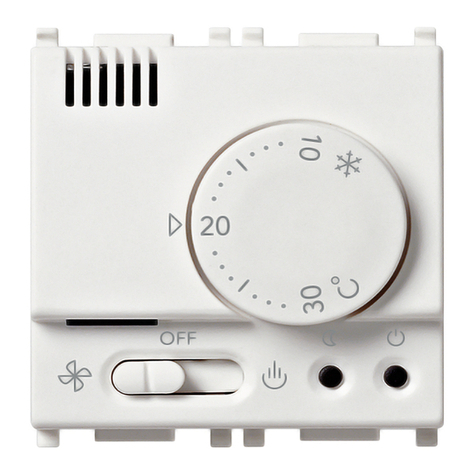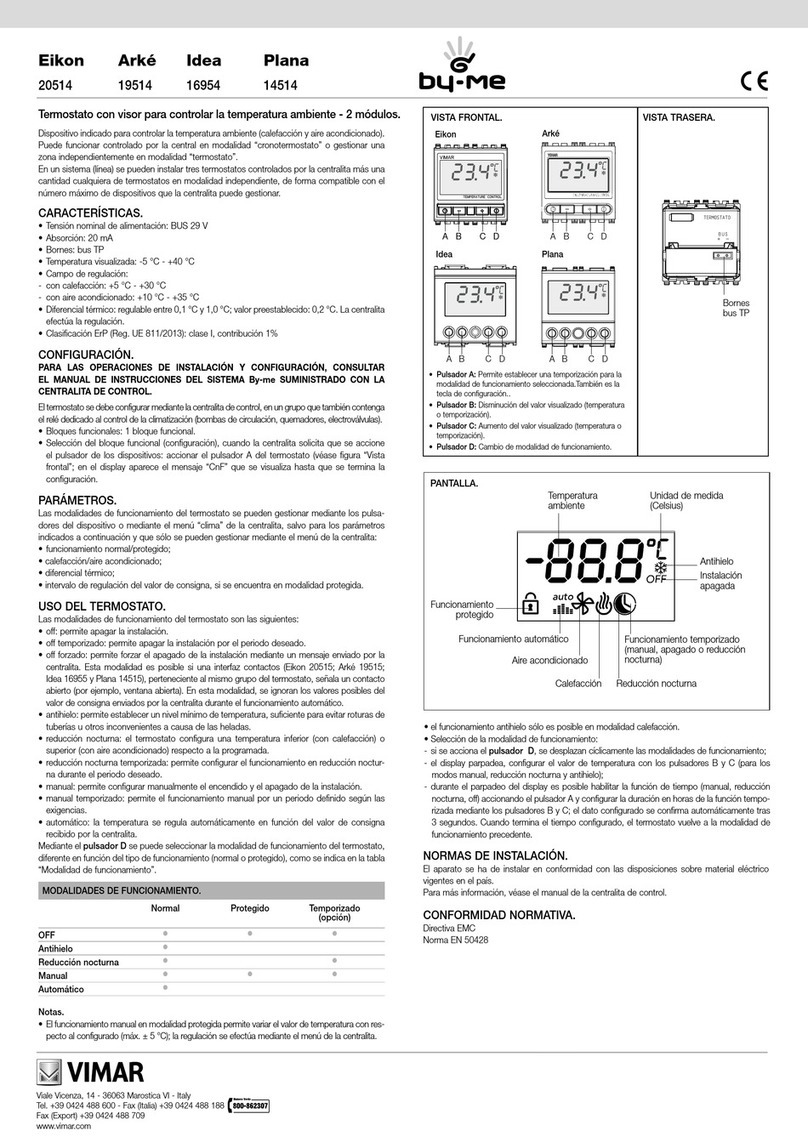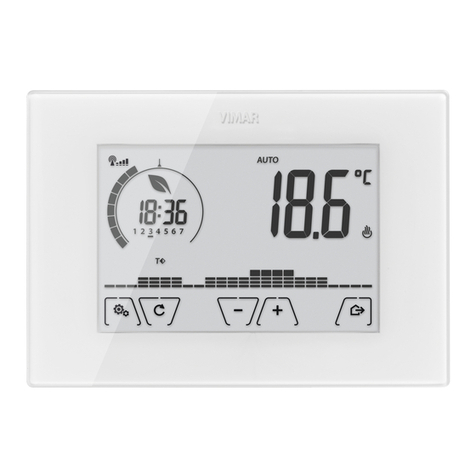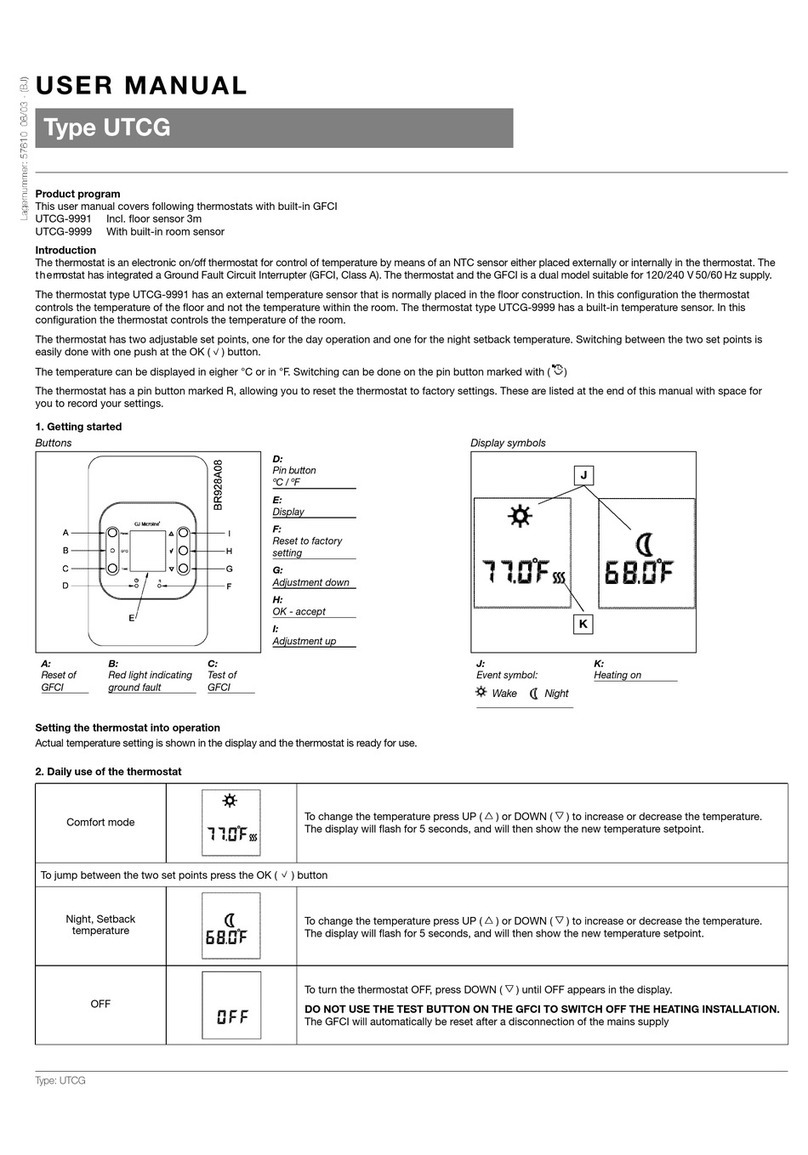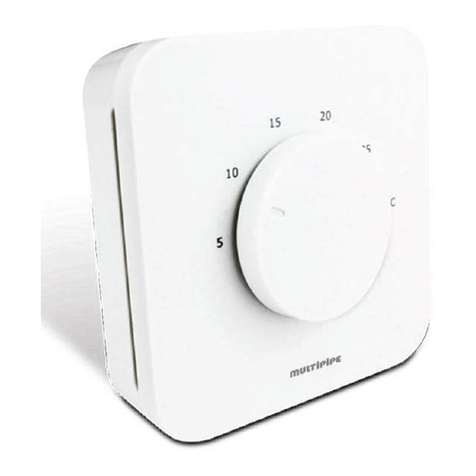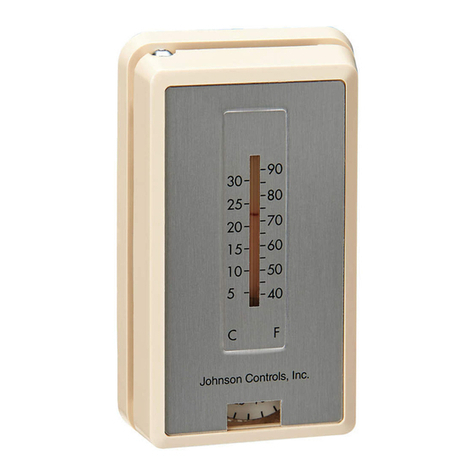Vimar 2906 User manual




















Other manuals for 2906
2
Table of contents
Other Vimar Thermostat manuals
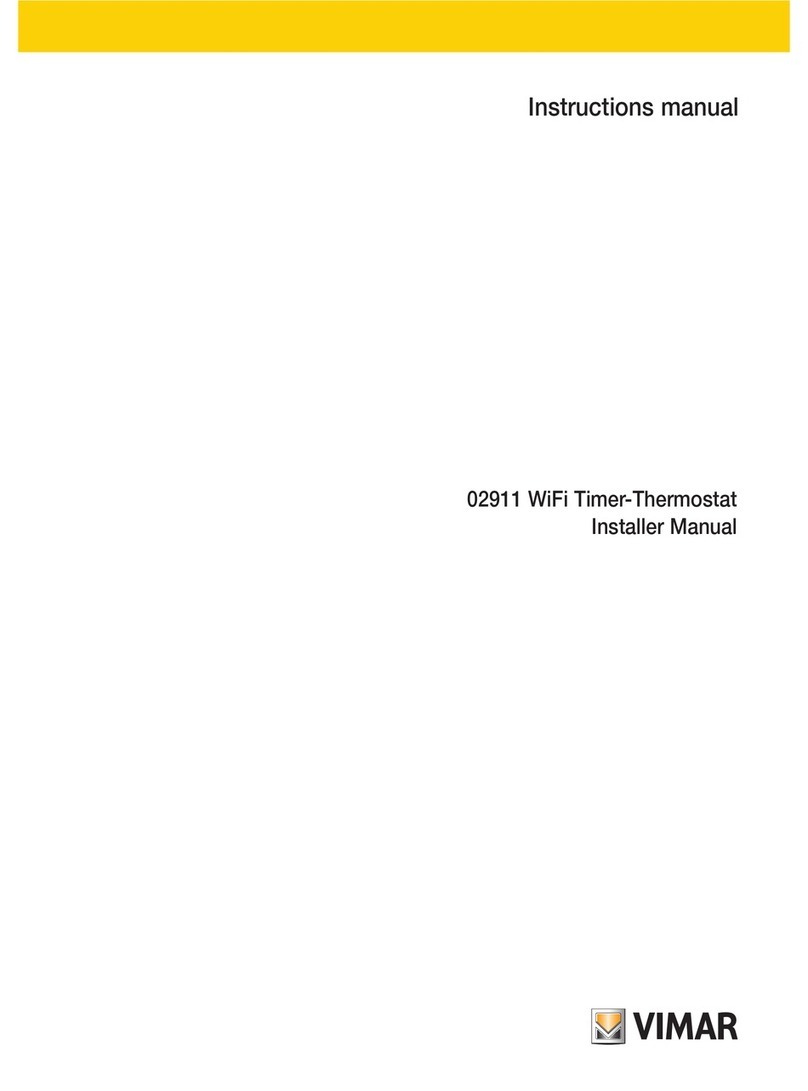
Vimar
Vimar 2911 User guide
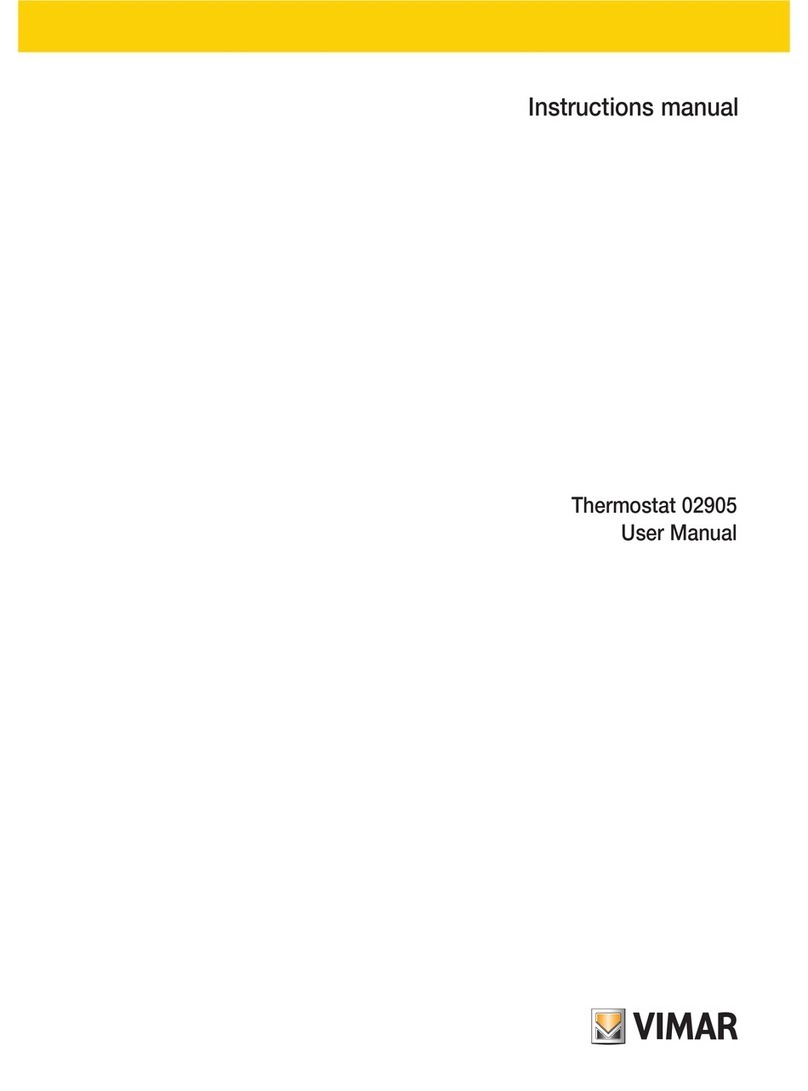
Vimar
Vimar 2905 User manual
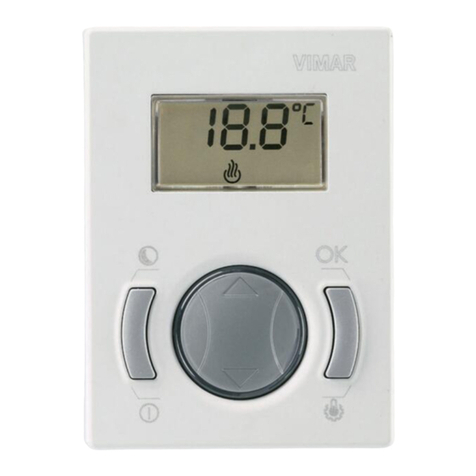
Vimar
Vimar CLIMARADIO manual
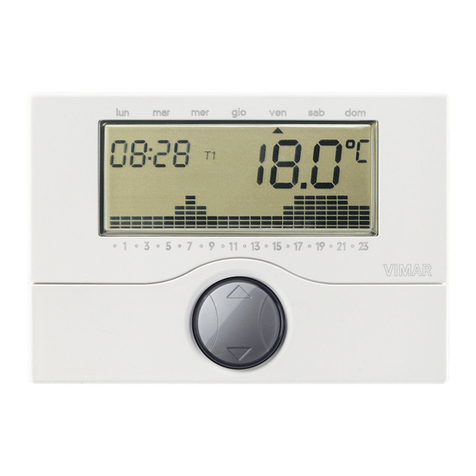
Vimar
Vimar RADIOCLIMA 01910 manual
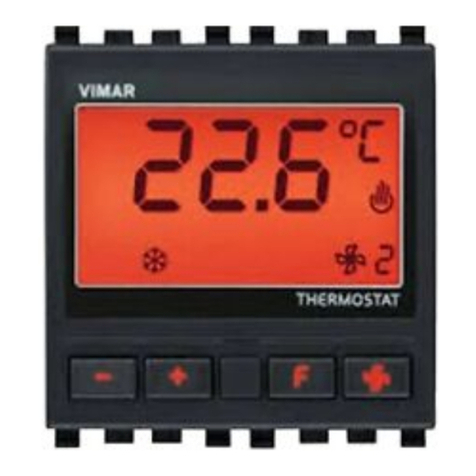
Vimar
Vimar Eikon 20440 manual

Vimar
Vimar Elvox 02900 User manual
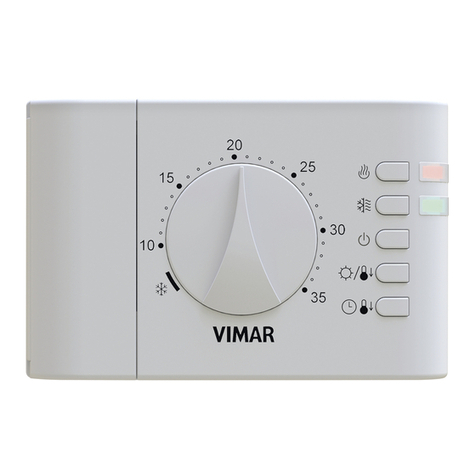
Vimar
Vimar 02900.1 User manual
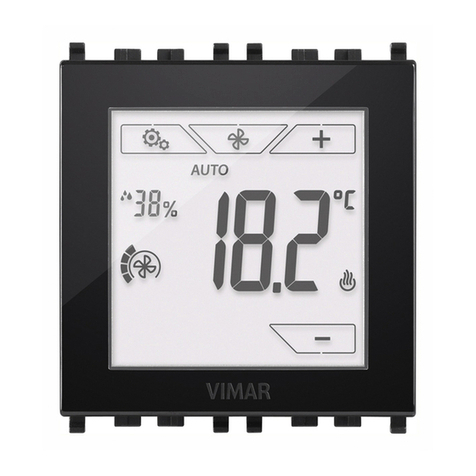
Vimar
Vimar by-me 02951 User manual

Vimar
Vimar 2911 User manual
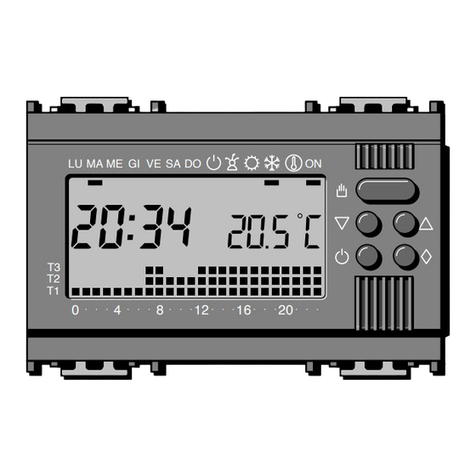
Vimar
Vimar Idea 16577 Manual
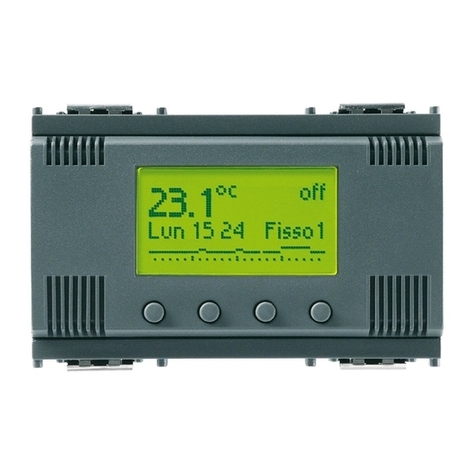
Vimar
Vimar Idea 1657 Series manual
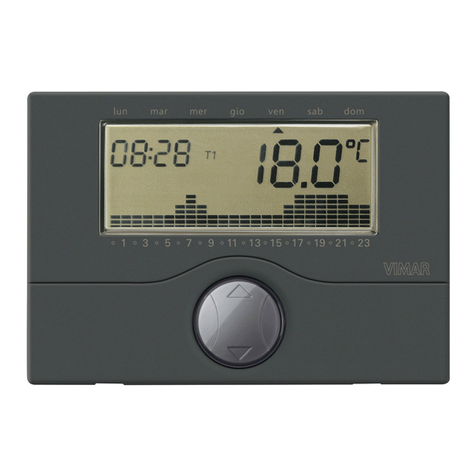
Vimar
Vimar RADIOCLIMA 01910 manual
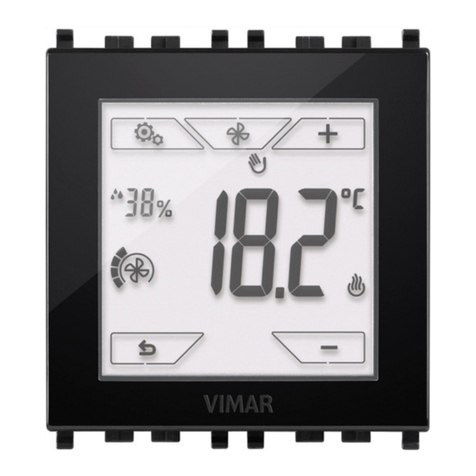
Vimar
Vimar 02952 User guide
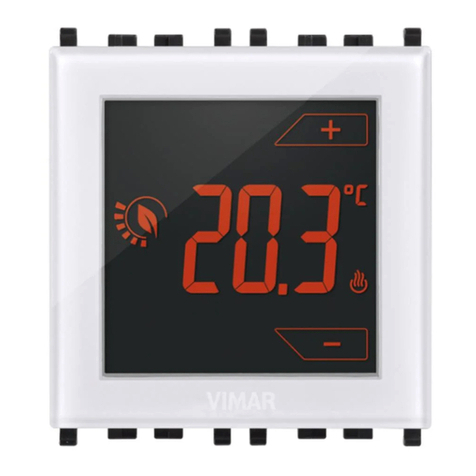
Vimar
Vimar 2950 User manual
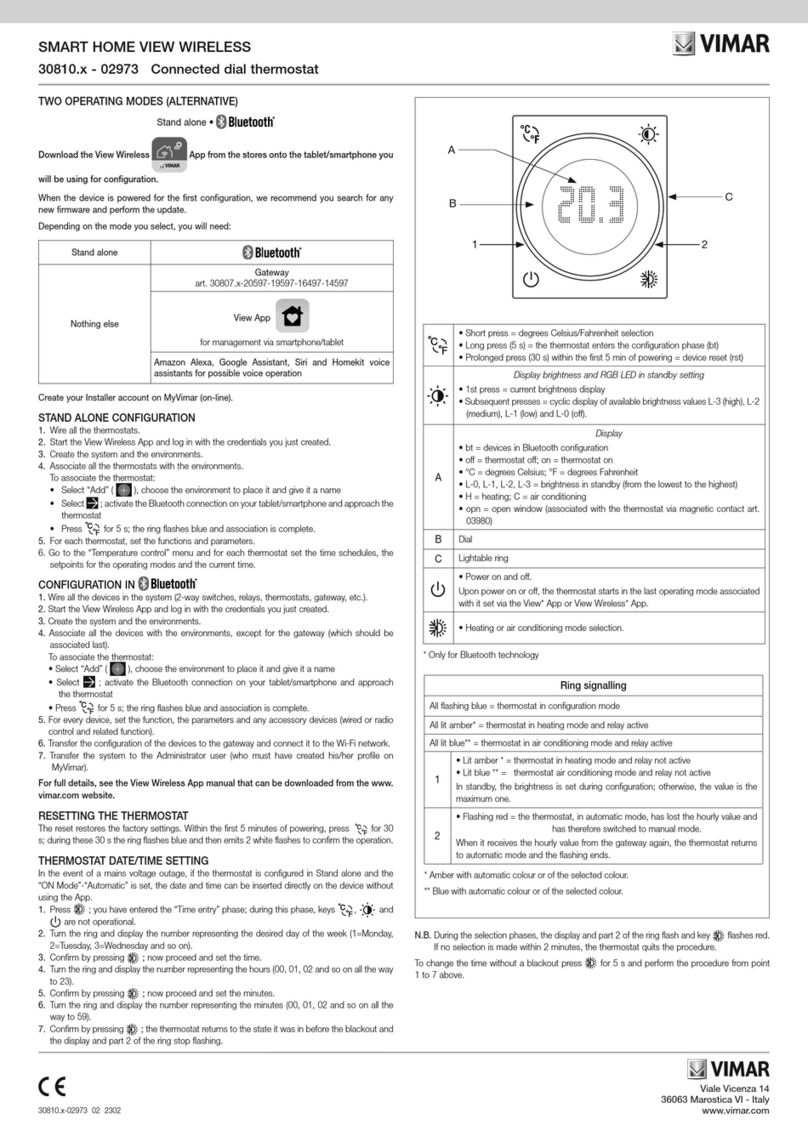
Vimar
Vimar 30810 Series User manual

Vimar
Vimar 8000 Series User manual

Vimar
Vimar 02972 User guide
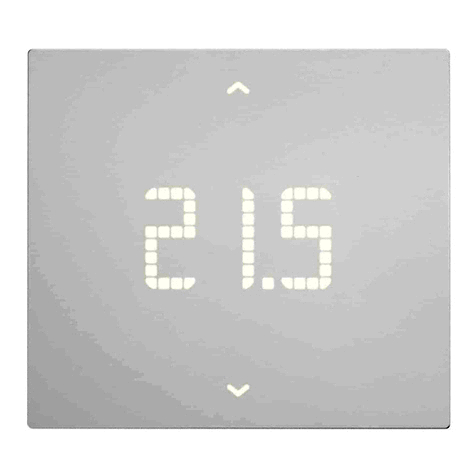
Vimar
Vimar SMART CLIMA 02912 User manual
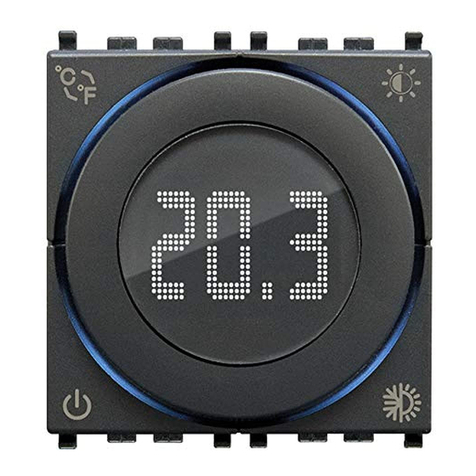
Vimar
Vimar SMART CLIMA User manual

Vimar
Vimar 02973 User manual
Popular Thermostat manuals by other brands
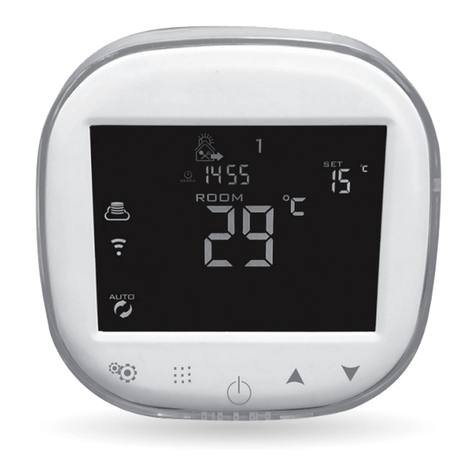
KPS
KPS CONFORTLINE CRONO SMART user manual
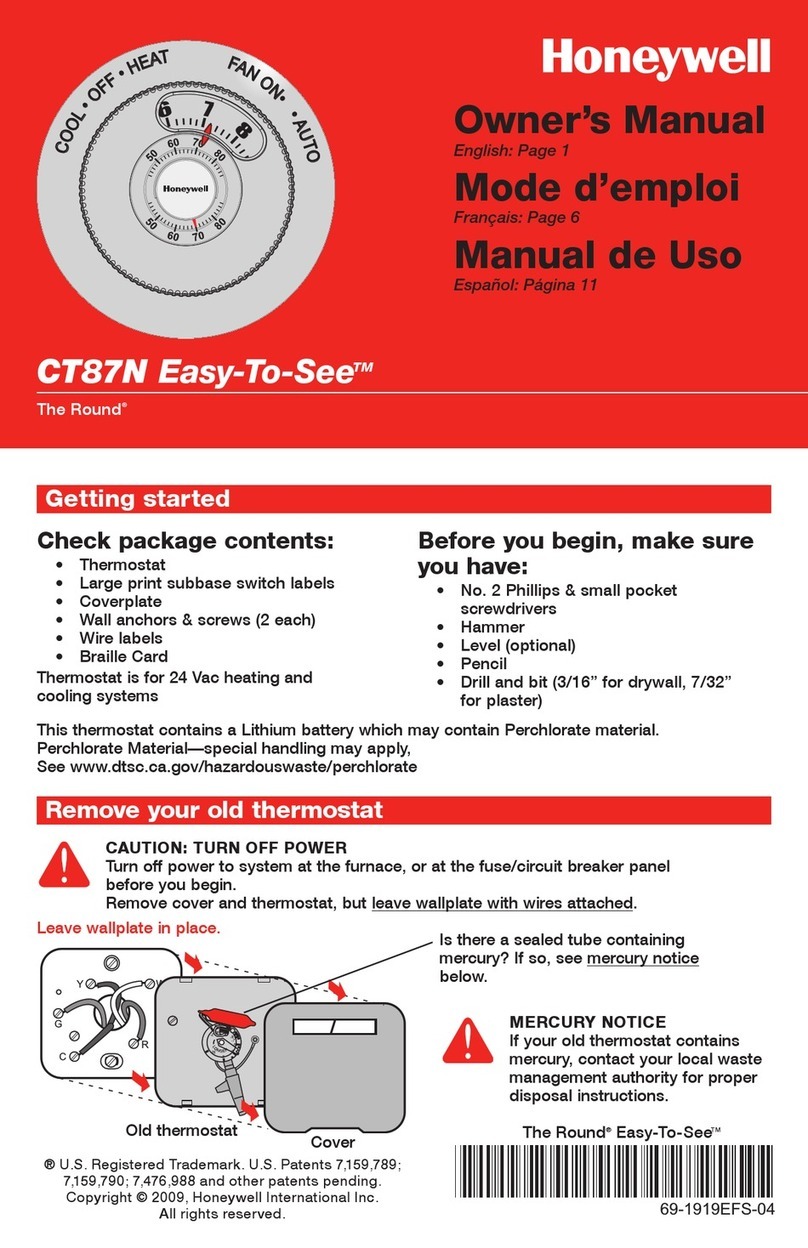
Honeywell
Honeywell The Round CT87N owner's manual

RADEMACHER
RADEMACHER 9485 Instruction manual for the electrical connection and for commissioning
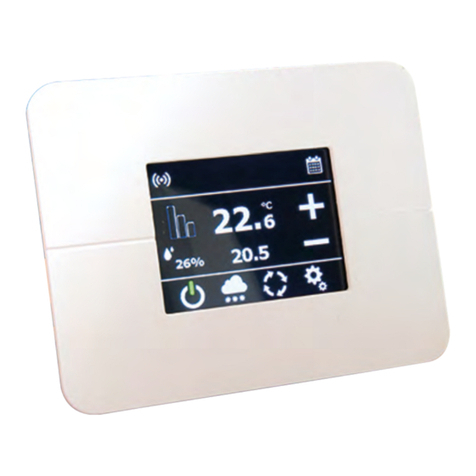
Giacomini
Giacomini K492TY002 user manual

Honeywell Home
Honeywell Home RLV4305A1000 owner's manual

Sinope
Sinope TH1400ZB installation guide
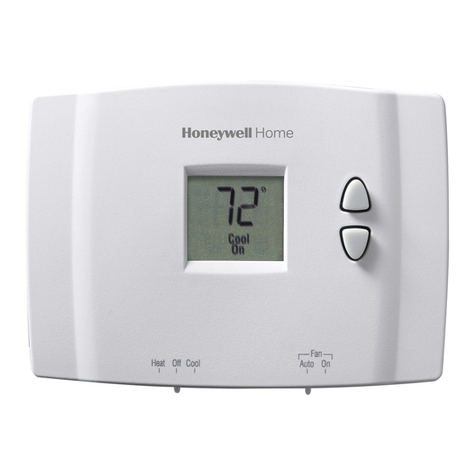
Honeywell
Honeywell RTH111 series Quick installation guide

Universal Remote Control
Universal Remote Control total control THZ-100 owner's manual
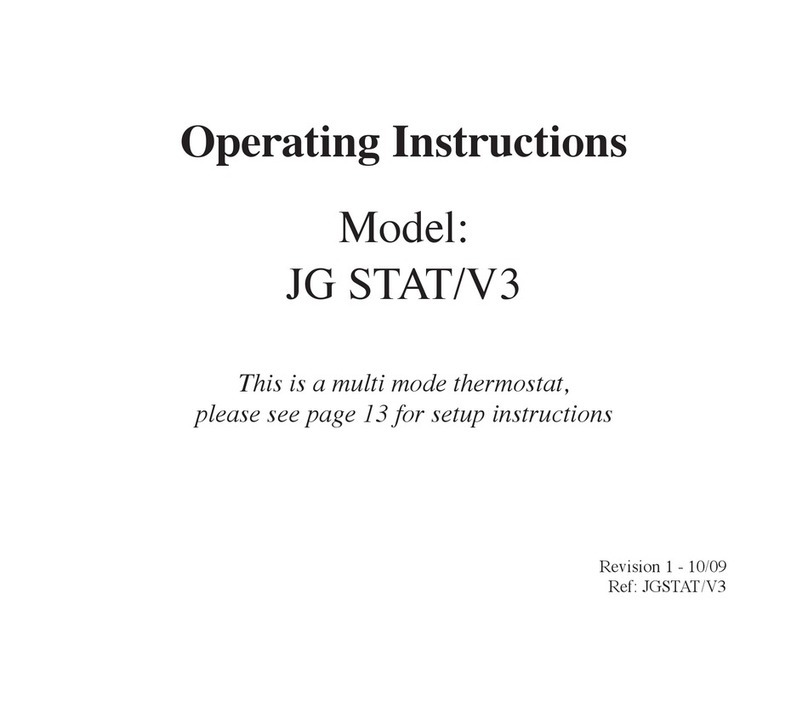
PlumbNation
PlumbNation JG STAT/V3 operating instructions
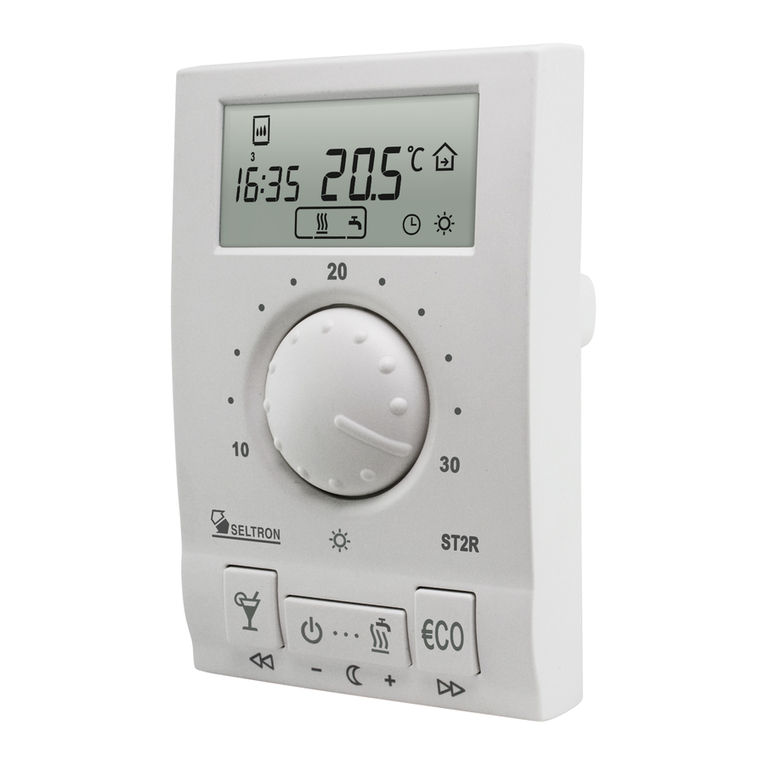
Seltron
Seltron ST2 user manual
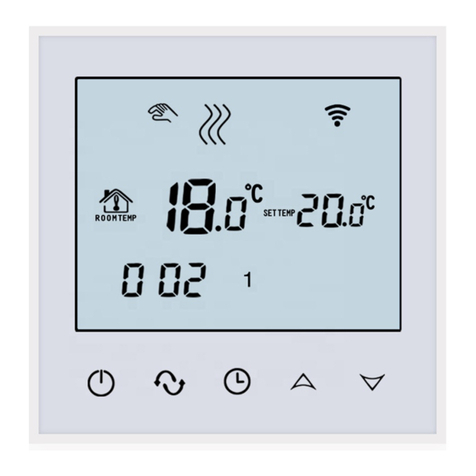
Beok Controls
Beok Controls TDS21 quick guide
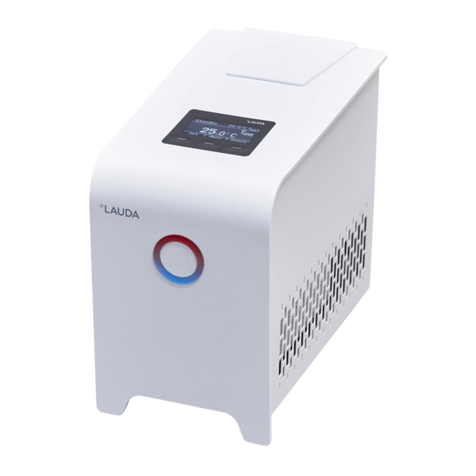
Lauda
Lauda LOOP 100 Operation manual
